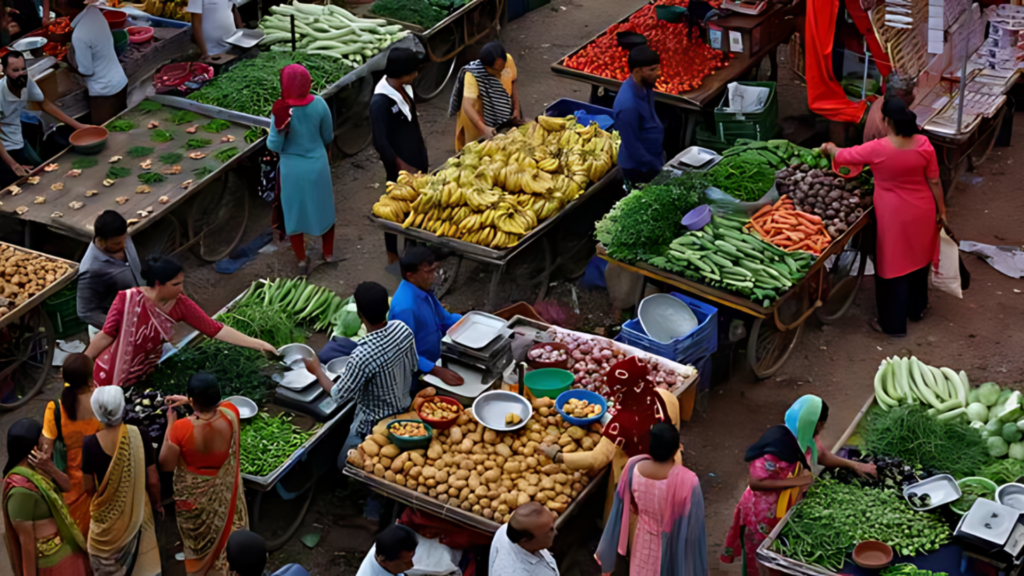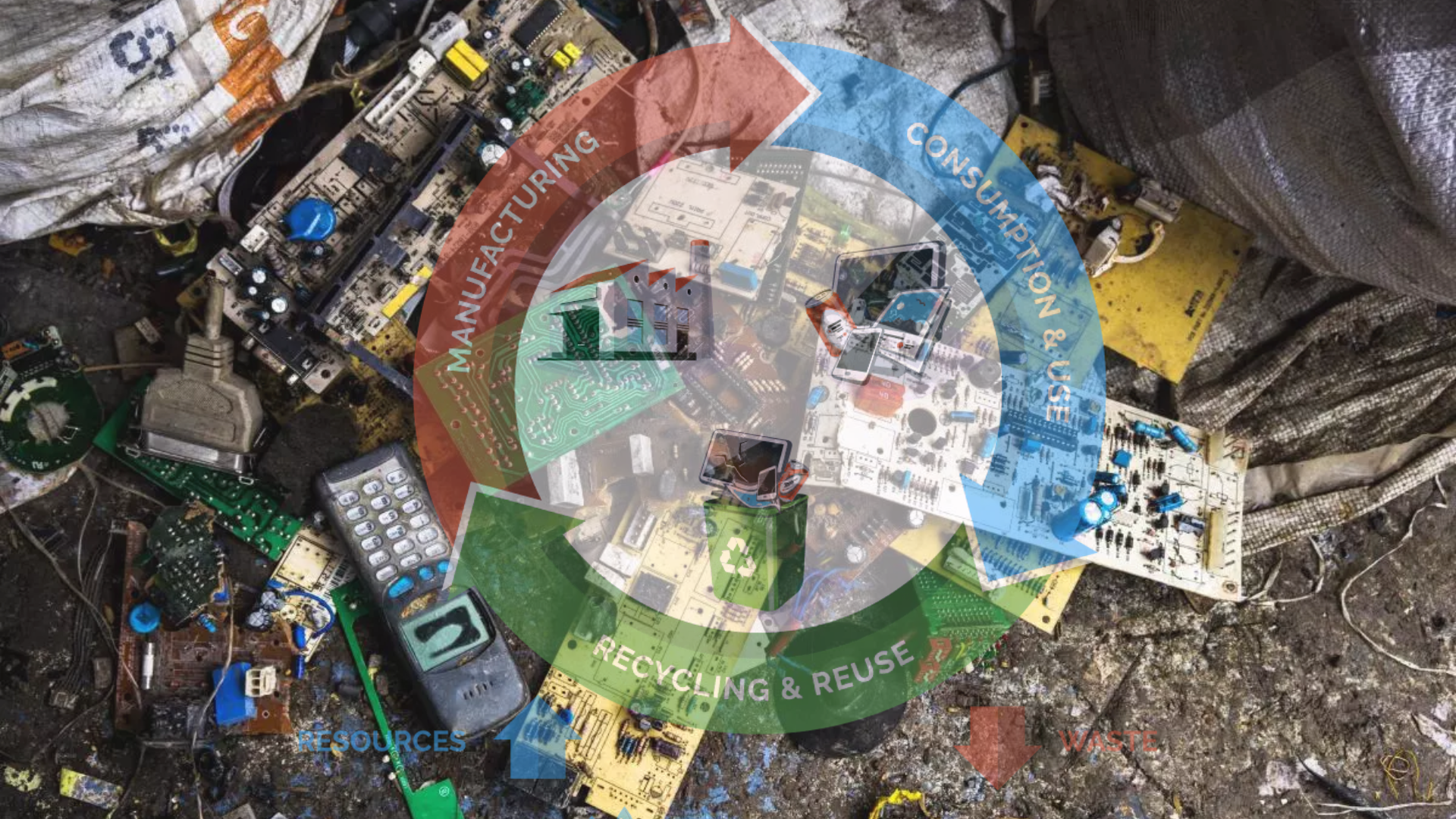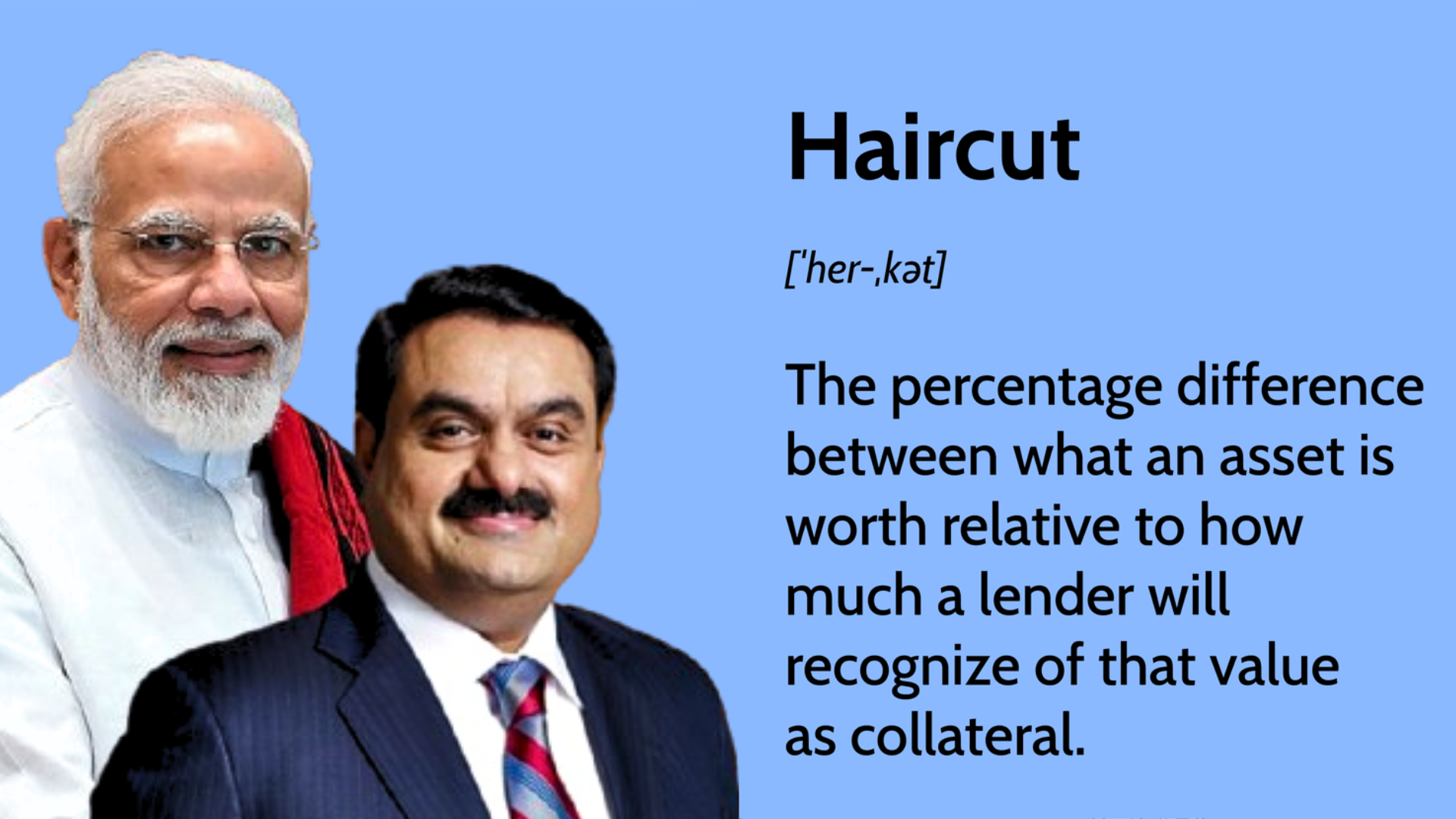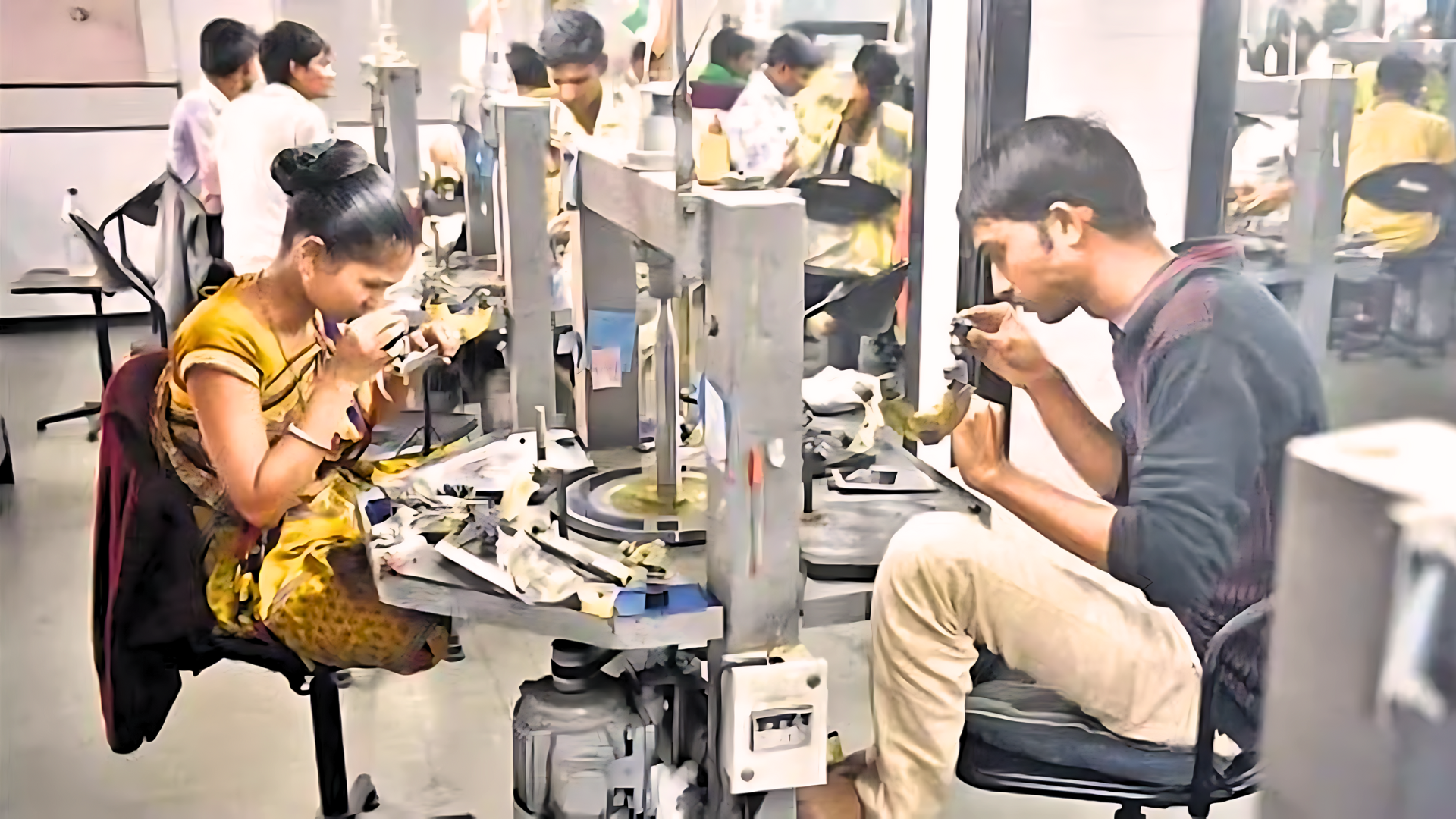Higher food prices pull wholesale inflation up to a 16-month high

Fuelled by rising costs of food, fuel and manufactured goods, India’s wholesale inflation—measured by the metric of wholesale price index (WPI), which is an indicator of producers’ prices—jumped to a 16-month peak of 3.36 per cent in June, as reported by the Union Commerce Ministry on Monday, July 15.
A Reuters poll had predicted an increase to 3.5 per cent in June, up from 2.61 per cent in May.
Year-on-year, that is, in June 2023, the WPI was -4.18 per cent. The WPI was negative from April to October 2023, that is, there was a month-by-month decrease in various costs, but has been positive since November.
With respect to May and June, food inflation climbed from 9.82 per cent (the figure implying an average increase in food prices by 9.82 per cent with respect to the previous month) to 10.87 per cent, crude petroleum and natural gas inflation from 9.80 per cent to 12.55 per cent, and manufactured goods inflation from 0.78 per cent to 1.43 per cent.
The WPI, and consequently, the wholesale price inflation, will witness a moderate rise in the near term on the back of a further increase in manufactured goods inflation and fuel and power inflation.
A rise in wholesale price index-based inflation implies a rise in consumer price index (CPI)-based inflation, and therefore, in consumer prices.
Statistics ministry data shows retail inflation rose to 5.08 per cent year-on-year in June—due to higher food inflation, as food represents nearly 40 per cent of the consumer price basket—after having dropped to a 12-month low of 4.75 per cent in May.
To control inflation, or higher prices, the Reserve Bank of India (RBI) kept the repo rate unchanged at 6.5 per cent.
Repo rate is the rate at which the RBI lends money to commercial banks or financial institutions and is a crucial tool in the central bank’s arsenal for controlling inflation.
The higher rate of lending by the RBI to banks is passed on by the banks to their customers. Therefore, a higher repo rate means a higher rate at which banks will lend money to their customers.
This will make borrowing more expensive, and so, people will borrow less. This limited supply of money in the market will then reduce the demand for various goods and services, whose prices will then naturally go down (the higher the demand, the more the prices).







